What Happened During the Montana Youth Climate Trial
The state argued that Held v. Montana is a boring case about procedure. The kids made a compelling case that climate action is part of Montana’s constitutional obligation to maintain a healthy environment.
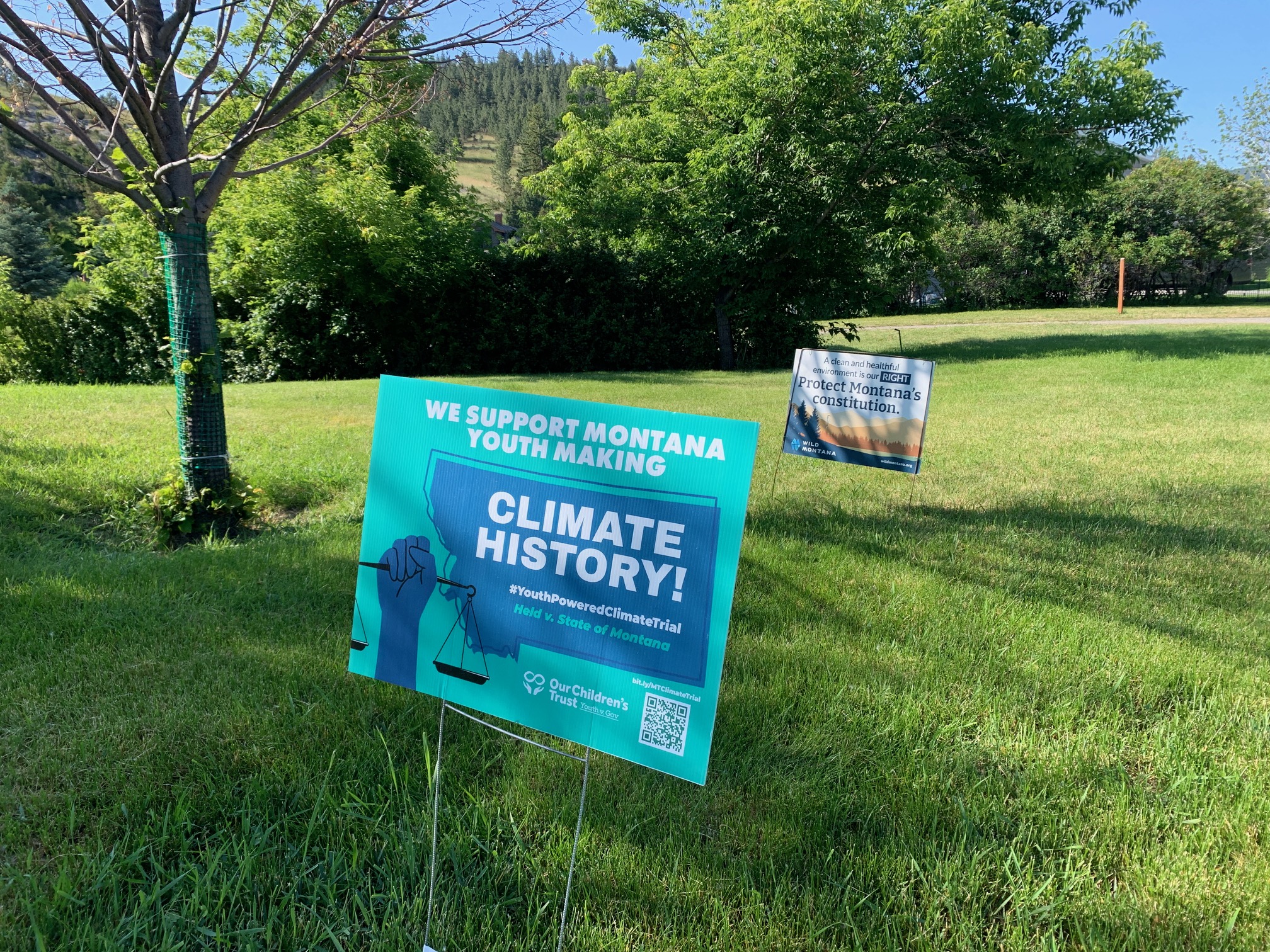
The very first American trial of a youth climate lawsuit was hardly blockbuster Court TV, but we learned a lot from the proceedings. The bench trial took place last month in the state capitol, Helena, where 16 youth plaintiffs ages 5 to 22 made the case that Montana’s unwavering promotion of fossil fuels violates the state constitution’s guarantee to a “clean and healthful environment.”
As I outlined here, Montana state law prohibits the consideration of greenhouse gas emissions or climate impacts––inside and outside the state’s borders––when reviewing projects and approving permits. This now-infamous climate prohibition has been called a “limitation” on the Montana Environmental Policy Act, or MEPA. That limitation is what the youth plaintiffs are asking Judge Kathy Seeley to declare unconstitutional.
At its most basic, this trial asked, “Can the state both guarantee a clean and healthful environment and ignore climate factors that contribute to a clean and healthy environment?” TL;DR I think they made a compelling case that it cannot. But as we wait for the judge to issue a ruling later this summer, here’s what the trial proceedings have already made clear.
The court is likely to issue a narrow ruling
We know that the judge is likely to go small, not big. We know that because plaintiffs sought to challenge the entirety of Montana’s state energy system––its de facto energy policy––even after the Legislature repealed its de jure energy policy ahead of the trial. The court dismissed that claim. In a May 23 pre-trial ruling, the judge found that “Plaintiffs’ contention that a ruling from this Court on the constitutionality of the State’s ‘longstanding and ongoing course of conduct . . . would change the legal status of such conduct and would steer Defendants’ future conduct into constitutional compliance’ is not persuasive.”
But we also know that the court had opportunities to dismiss the plaintiffs’ case altogether before heading to trial. Instead, the judge rejected the state’s request for summary judgment and laid out “five material facts that remained in dispute.” These five questions are a prism through which we can view the now-concluded trial from the eyes of the court. They are:
- Whether Plaintiffs’ injuries are mischaracterized or inaccurate.
- Whether Montana’s GHG emissions can be measured incrementally.
- Whether climate change impacts to Montana’s environment can be measured incrementally.
- Whether climate impacts and effects in Montana can be attributed to Montana’s fossil fuel activities.
- Whether a favorable judgment will influence the State’s conduct and alleviate Plaintiffs’ injuries or prevent further injury.
By my judgment, the trial made clear that the plaintiffs had the facts on their side in Questions 1-4. Question 5 is the stickiest.
The state didn’t put up a serious defense
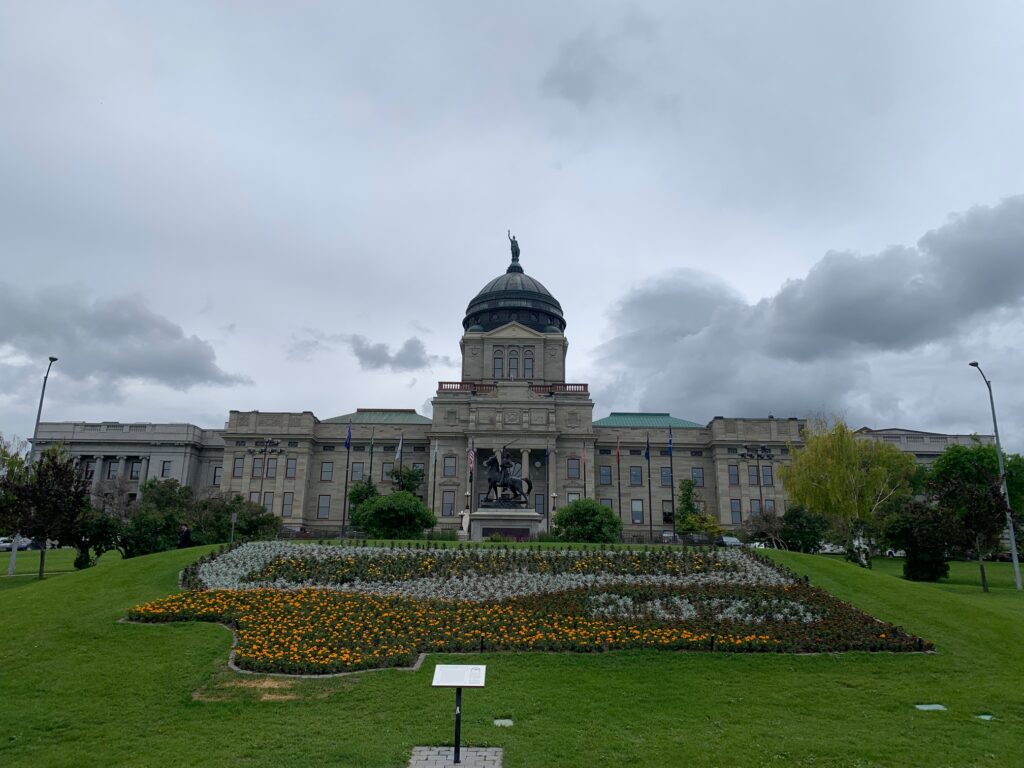
If you blinked, you could have missed the defense’s case. The state’s legal team called just three witnesses over the course of one day. That seemed designed to underscore the state’s “Nothing-to-see-here-folks” argument that the case was a boring procedural matter, unworthy of so much attention. That attitude pervaded the trial but was perhaps captured best by Assistant Attorney General Thane Johnson’s repeated jumbling of acronyms, like RCP (representative concentration pathways) and IPCC (the Intergovernmental Panel on Climate Change) among others. Once after being corrected, he said, “I’m going to write that down… There’s a lot of C’s and P’s involved in this.”
Earlier in the trial, Johnson put it this way: “If Montana just stopped emitting CO2 today, if every farmer threw in the keys to their tractors, if I even handed you my keys, would you agree that would not have an impact on local GHC, I mean GHG?” I don’t know how this approach resonated with the judge, but to me it felt like a nihilistic argument akin to saying: “Nothing we do matters.” But it’s a key question, as I’ll discuss later.
As for witnesses, they called two high-level state employees charged with permitting fossil fuel projects, as well as one expert witness economist who read off some (problematic) data on greenhouse gas emissions. That economist, who calls himself the founder of “free-market environmentalism,” was there to minimize the relevance of Montana’s GHG emissions as a driver of climate change. His testimony went to one of the state’s main arguments: that Montana’s actions don’t matter because it’s a drop in the bucket of global emissions. His testimony ran into problems when the plaintiffs’ attorney pointed out that the data he attributed to the U.S. Energy Information Administration (EIA) was actually not from the EIA’s website and that the witness had had to correct his own calculations.
During closing arguments, the state’s lawyers had this answer to plaintiffs: take your concerns to the statehouse. “What we heard in plaintiffs’ case was not justiciable controversy, but rather a weeklong hearing of political grievances that properly belongs to the legislature, not a court of law,” said Assistant Attorney General Michael Russell. “This is not supposed to be a town hall or a popularity contest,” he said.
Montana has a rubber-stamp regulatory climate

The other prong of the defense’s argument is that: (1) the state’s main environmental regulator, the Department of Environmental Quality, doesn’t actually hold authority to deny fossil fuel projects; and (2) underlying statutes like the Clean Air Act of Montana and the Strip and Underground Mine Siting Act are what speak to the constitutional provision of a healthy environment, not MEPA.
In attempting to make that case, the state officials responsible for permitting energy projects in Montana appeared less than competent at their rather important jobs. These witnesses were Department of Environmental Quality (DEQ) Director Chris Dorrington and Sonja Nowakowski, the director of the Air, Energy and Mining Division at DEQ.
Dorrington told the court that his department basically has no choice but to comply with Montana’s prohibition against considering climate impacts because of the expanded MEPA limitation passed and signed by Gov. Greg Gianforte. He cited a statute that says agencies “may not withhold, deny, or impose conditions on any permit” and another that says the statute only provides DEQ with authority as stated in existing statute. Nowakowski made the same claims on the stand, saying that the department’s hands are tied when it comes to approving permits without considering the climate impacts. Except in this case, it appears she helped tie the department’s hands: According to the Daily Montanan, Nowakowski herself drafted the original 2011 MEPA limitation for a state senator.
Which begs the question: what do civil servants at the Department of Environmental Quality do exactly if they believe they must approve any energy project that comes across their desk? The tone of the DEQ website reads like a customer service branch for energy companies, referring to the permitting division’s site as “a one-stop-shop listing all of the regulatory products administered by DEQ.”
Dorrington made another startling acknowledgement. He told the plaintiffs’ lawyer that until the trial he had been unaware of the U.N. Intergovernmental Panel on Climate Change. That the state official who oversees the permitting and regulation of all major energy projects in Montana could be ignorant of the UN body that has been issuing increasingly urgent assessments about global warming and climate data for 30 years is unbelievable and distressing. The admission says a lot about political will. (Perhaps the plaintiffs should ask the Court to mandate basic climate change education to state officials. I’m kidding, but only slightly.)
Climate change can translate to the courtroom
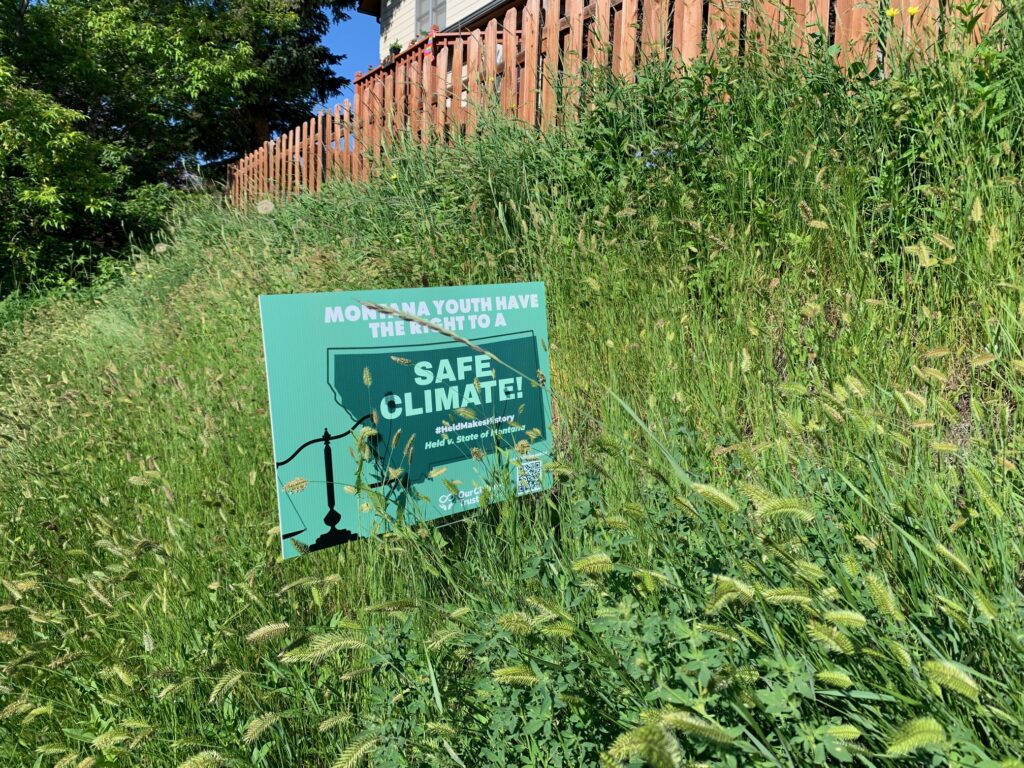
Enter the youth plaintiffs. Eleven of them testified about the specific impacts that climate change has had on their family, their community, their daily life, their physical and mental health. It was powerful in aggregate even though individual lines of questioning felt almost mundane.
Like the testimony of Georgianna Fischer, a competitive cross country skier and environmental science college major. She talked about her family history and about growing up in Montana before turning to the plight of snow sports. “My sport may not exist in the future,” she said. “I rely on my sport for my health and happiness.” She said that seeing natural places in Montana impacted by climate change has been stressful and scary leading her to seek professional counseling. Like other youth plaintiffs, her testimony ended with a question about how she would feel if they won their lawsuit. “Hopeful,” she said.
None of the youth plaintiff testimony offered much courtroom drama, but it didn’t need to. It told the small stories of a global crisis. And more importantly, it answered the first of the Court’s five questions: Plaintiffs’ injuries have not been mischaracterized or inaccurate.
The plaintiffs’ lawyers also called eight expert witnesses who spoke about the framing of the 1972 state constitution; how enforcement of environmental regulations have changed in the last 20 years with the expanding limitations on MEPA; and how climate change is impacting ecosystems and human activity in the Treasure State. By the end of the century, Montana could see several months a year with temperatures staying above 90 degrees, said Cathy Whitlock, a retired paleoclimate scientist at Montana State University who was the lead author of the 2017 Montana Climate Assessment. Another scientist who focuses on greenhouse gas emissions accounting told the court Montana is responsible for tens of millions of tons of carbon dioxide emissions each year – the sixth-most in the U.S. Plaintiffs presented testimony that in 2019 alone Montana was responsible for 166 million tons of CO2 (that’s total emissions when you combine what the state extracts, transports, processes and consumes) on par with Pakistan. The refrain from these expert witnesses was “every ton matters,” referring to an IPCC quote that “every ton of CO2 matters.” To my mind, this testimony addressed the Court’s questions 2-4 far more persuasively than the defense.
During closing arguments, the plaintiffs’ lead attorney Nate Bellinger asked for judicial intervention to make clear that the right to a clean and healthful environment is as essential as other basic human rights. Plaintiffs asked Judge Seeley to declare that “a stable climate system is fundamental” to that protection and to declare unconstitutional the limitation on MEPA. I could see even a narrow ruling finding in favor of the youth plaintiffs on those issues. Not stopping there, Bellinger also asked Seeley to establish a constitutional standard that 350 parts per million of atmospheric CO2 is a target to guide state energy permitting.
How the judge rules in this landmark trial may come down to the court’s final interpretation of that 5th and final question: “Whether a favorable judgment will influence the State’s conduct and alleviate Plaintiffs’ injuries or prevent further injury.” This is a tough one. Would officials with the relevant state agencies really start denying some fossil-fuel projects following a declaratory relief in favor of the youth plaintiffs? Doubtful, listening to the defense witnesses. But the carbon footprint and climate impact of individual energy projects would certainly be much more transparent to the general public if the MEPA limitation was declared unconstitutional.
Redressability is where the issue of “hope” on the part of the youth plaintiffs comes in to play. Over and over again, they said on the stand that a favorable verdict would give them hope. It wasn’t just a rhetorical flourish. Their attorneys argue that the court could bring “immediate redress” for their psychological injuries. “Declaratory relief will help restore Plaintiffs’ confidence in the functioning of their democracy and demonstrate to them that there is recourse for government conduct that violates their constitutional rights while making clear Defendants are not above the law,” they write in their proposed finding of facts and conclusions of law.
Less squishy is the question of whether a favorable verdict would actually decrease emissions. That question was put to a Missoula-based climate scientist named Steven Running who worked on the 2007 IPCC report as part of the team that won a Nobel Peace Prize. If Montana stopped emitting greenhouse gases, would that prevent the injury to plaintiffs from climate change? “We can’t tell,” Running reportedly answered. “What’s been shown in history over and over is that when a significant social movement is needed, it’s often started by one or two people.”
Or sixteen young people.
Reader Comments
3 Replies to “What Happened During the Montana Youth Climate Trial”
Comments are closed.




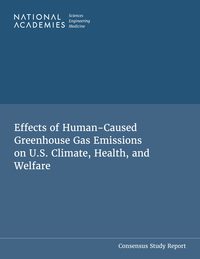
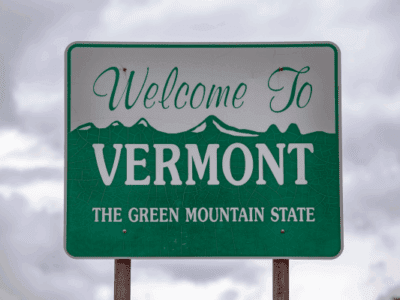
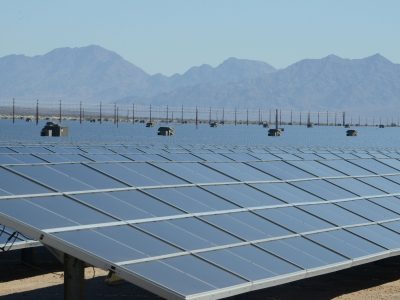
Since they tried to sue the State of Montana are they then going to sue Canada for the air problems from all their fires or California, Oregon or Washington for their fires and the pollution to the air that they are causing?
So a 22-year-old is now a youth. I thought that age would be an adult. Well maybe in today’s world the 22-year-old is still a youth.
This trial was years in the making — that 22 year old waited four years until they were allowed to even get to trial. Also the argument that they should just sue everyone doesn’t help, just one win can set precedent so that others can go and fight in the same way. We have to start somewhere, nothing will ever change or get done if people don’t work at the problem in smaller chunks because the problem is to big to tackle all at once. Literally no government has made a move to change and fix the problems with climate change people have created — the last climate conference was hosted by an oil company! A oil company! This is about hope and a chance for change going through legal courts instead of through protests. Because no one seems to be listening to the protesters anyway.
i hope they win and even if they dont i think this should be something that the young and older adults should be thinking about pursuing both in america and around the world
have to ignore the comments like those of botcher and other nay sayers and do what is needed cannot rely on politicians goverernments or corportations